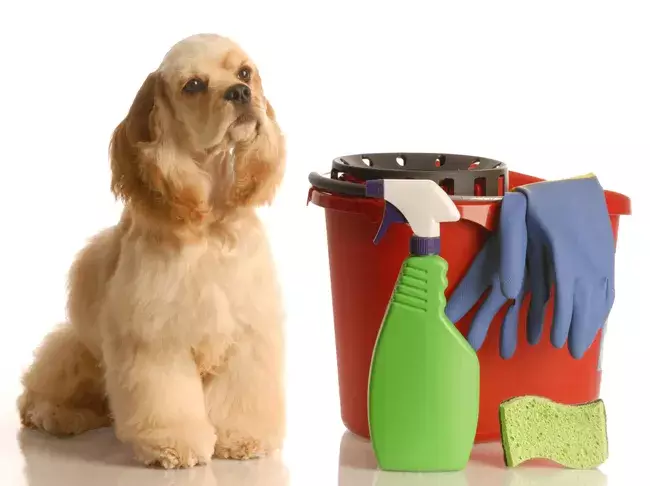In our continuous pursuit of cleanliness, we often overlook the composition of the products we use around our homes. Household cleaning items, while effective in eliminating dirt and grime, are often laden with a cocktail of chemicals that can pose significant health risks, particularly to our beloved pets. As we stand on the cusp of a marked increase in canine cancer rates, paralleling the rise in human cancer cases, it becomes imperative to examine the shared environmental factors contributing to this alarming trend. Research suggests that the indoor environment, specifically air quality within the home, could be a pivotal factor in this correlation.
The U.S. Environmental Protection Agency (EPA) has highlighted a shocking statistic: the air quality within our homes is, on average, 2-5 times worse than that of outdoor air. In extreme scenarios, this discrepancy can soar to a staggering level, with indoor air becoming up to 100 times more polluted than outdoor air. Central to this pollution are the chemicals discharged from cleaning products and pesticides. In fact, the EPA estimates that over 50 percent of indoor air pollution can be traced back to household cleaning agents.
This is particularly concerning for dedicated pet owners. Pets, especially dogs, with their smaller lung capacity and faster metabolism, may absorb the toxins present in these cleaning solutions more rapidly and significantly than humans. Prolonged exposure to these chemicals can lead to not only immediate health issues but also long-term diseases, including various forms of cancer.
The statistics regarding canine cancer are distressing. An initiative backed by notable institutions such as the Mayo Clinic and the National Institutes of Health indicates that one out of every four dogs will succumb to cancer. This dreadful statistic positions cancer as the leading cause of disease-related fatalities in dogs beyond the age of two. Unspayed female dogs are particularly vulnerable, developing mammary tumors four times more frequently than their human counterparts.
Moreover, research has begun to correlate specific chemicals within household cleaning products with the development of these malignancies. For instance, alkylphenols—the chemicals responsible for creating suds in many cleaning agents—have surfaced in studies linking them to breast cancer. The presence of such toxic substances within common household products is a cause for concern. Investigations into the contents of widely-used brands have uncovered the inclusion of derivatives like ethoxylates, known for their health risks.
As public awareness regarding the implications of these harmful chemicals grows, so does the availability of safer alternatives. Numerous lines of organic cleaning products that forgo the use of toxic ingredients can now be found on grocery store shelves, providing a viable option for conscientious consumers. Furthermore, the DIY movement has gained momentum, empowering individuals to create effective, eco-friendly cleaning solutions at a fraction of the cost of conventional products.
This shift towards healthier cleaning practices is not just a personal choice but a communal responsibility. Just as miners once relied on canaries to detect harmful gases, we now have the opportunity to heed the warning bell rung by rising cases of cancer and other health complications in our pets.
To mitigate the risk of harmful exposures, pet owners must prioritize the health of their furry companions by selecting cleaning products with caution. By consciously opting for non-toxic, eco-friendly alternatives, we not only foster a safer living environment for our pets but also pave the way for a healthier lifestyle for ourselves and future generations. It is time to take a stand against the pervasive use of harmful chemicals in our homes, ensuring a cleaner, safer, and healthier space for our four-legged family members. Together, we can create a ripple effect of awareness that leads to change—both in our homes and in the broader community.

